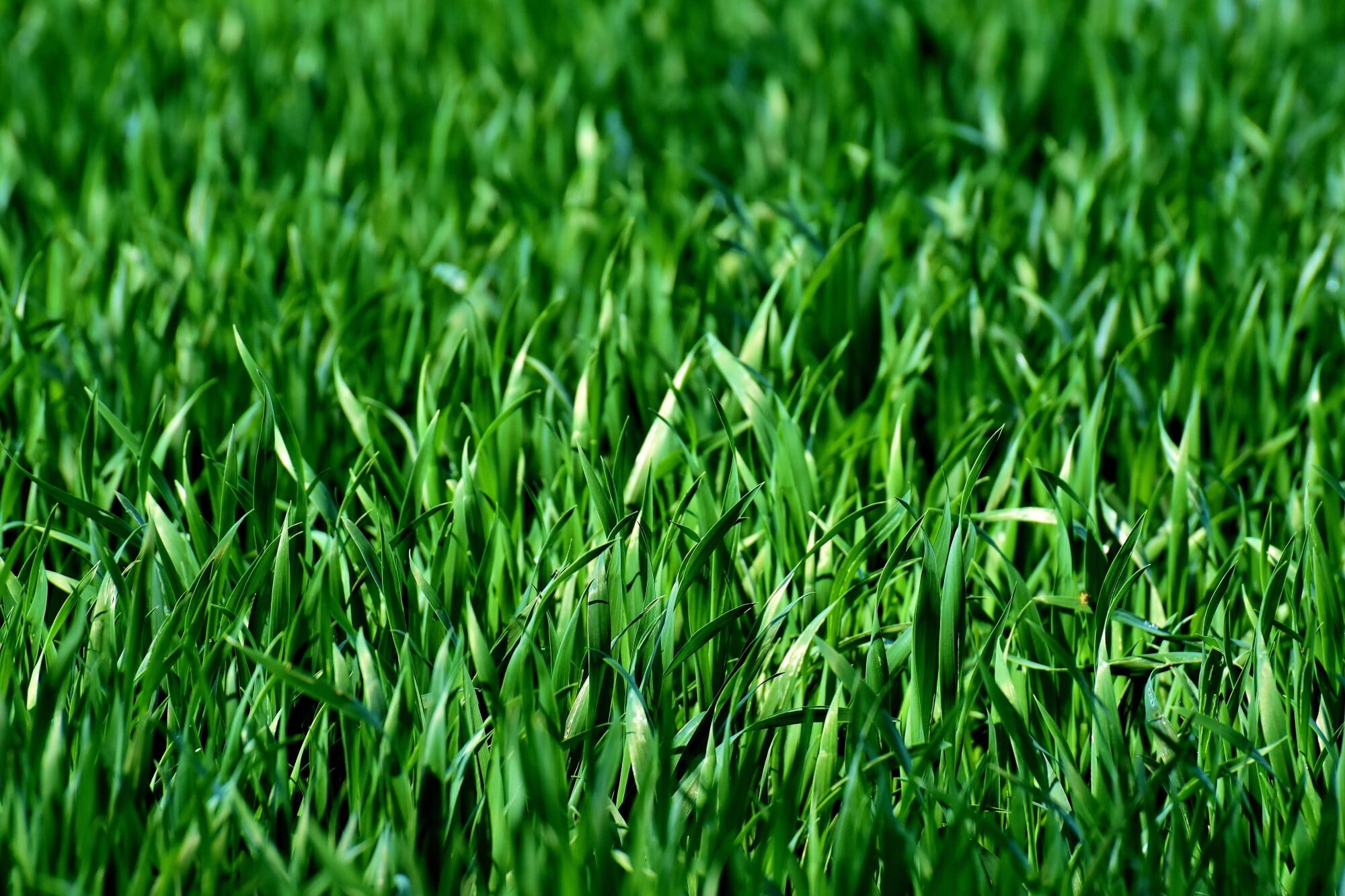There are over 12,000 grass species!
A lush lawn is a sign of success in today’s world. However, while some grasses grow to be tall and green, others never live up to their full potential. Under fertilizing, poor soil, and a general lack of knowledge can turn a vibrant lawn into a dead zone.
How can you keep your yard green instead of brown? If you want to learn how to maintain a lawn, this article is for you. We’ll go over some of the best lawn care tips so that you can finally have the yard of your dreams.
What does it take to keep your yard looking great year-round? Read on to find out.
How to Maintain a Lawn With Fertilizer
Are you starting a lawn from the bare ground? Or are you simply maintaining a lawn that you already have? For both situations, you’ll need to know how to fertilize, and when.
For instance, you might have more than one grass type that requires different kinds of care at other times. Sites like Holmesutah.com can help you assess your pest control and fertilizer needs. By knowing where you stand with lawn care, it’ll be easier to prepare for the upcoming season.
Tips for a Healthy Yard With Warm Season Grasses
Are you wondering how to maintain a lawn with warm-season grass, like Bahia? You should seed warm grasses in the early summer or springtime. Sometimes fall planting is possible if you live in a southern location that doesn’t have frigid temperatures.
Bahia and Bermuda
For Bahia grass, fertilize in the early spring. For summer grasses such as common Bermuda, it’s best to fertilize in the late spring.
You can even overseed common Bermuda with ryegrass during the fall. This will help the Bermuda lawn look great during wintertime!
Soil Health and Lawn Maintenance
You need to be on a first-name basis with your soil. In other words, you should know your soil inside and out. What happens to the top of your turf reflects what’s going on underneath it.
Testing your soil regularly will help you understand its true pH levels to plan accordingly. Want to know the best part? You don’t have to call in professionals to do the work for you. You’ll be able to take the soil samples yourself.
Variety of Samples
Make sure to include different sample spots from all over your lawn, so you get the entire picture of what’s going on. If you notice something wrong with your soil, you can take immediate action to fix it.
For instance, let’s say that after testing your soil, you find out that the pH levels are off-balance. Introducing lime to the soil can help rebalance the ph levels so that the grass can get all of the nutrients it needs.
Keeping a Lawn at the Right Height
Instead of having a day of the week that you mow the grass, you should be mowing based on your lawn needs. Mowing when your lawn is at specific heights, rather than sticking to a rigid schedule, will help you have a lush lawn.
Proper mowing height becomes extra essential during the summer months. You’ll want to choose mowing heights that help shade the grassroots during warm weather while supporting deep root growth. You can gradually lower your mower blades back to average mowing heights as the temperatures begin to cool down.
Have the Best Looking Lawn
Congrats! Now you know the ins and outs of how to maintain a lawn all year long. Since getting to know your yard’s soil is such an important step, go ahead and do a test today. Be sure to test different spots on your lawn to get accurate sample results.
If you notice something’s off with your soils ph, you’ll be able to fix it right away. What could other quick fixes help make your life a whole lot better? Look around the rest of our websites find out.




